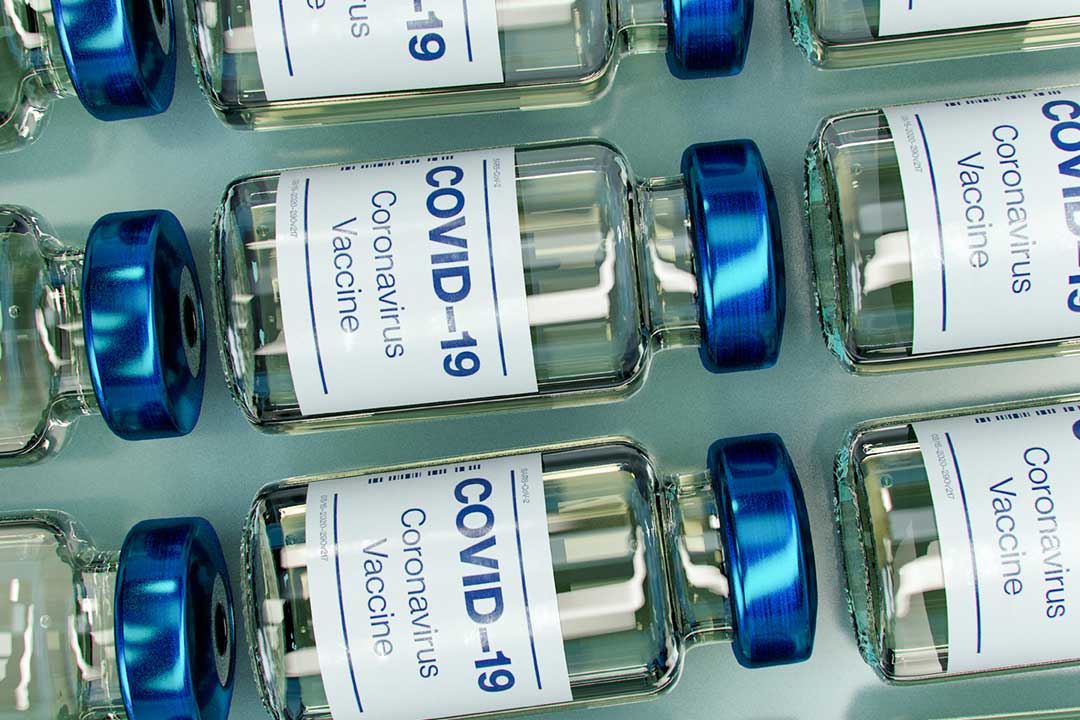Will COVID-19 boosters protect against new variants such as “Pirola” and “Eris”?
The emergence of new Omicron subvariants has prompted fears about a fresh wave of infections, but existing COVID-19 booster vaccines are expected to provide reasonable protection against severe disease.
- 29 September 2023
- 3 min read
- by Linda Geddes

With the arrival of Autumn in the Northern Hemisphere, many countries are beginning to offer a new round of booster COVID-19 vaccinations to those at the most significant risk of severe illness. The current boosters were designed with the BA.4 and BA.5 Omicron subvariants in mind, and while some regulatory authorities have now approved a booster vaccine against XBB.1.5, the SARS-CoV-2 virus has continued to evolve, and this is no longer the dominant strain.
So, how will these existing boosters hold up against the latest subvariants, and is it worth getting vaccinated now or waiting for updated boosters to become available?
These studies highlight the importance of booster vaccines in topping up antibodies against different strains of Omicron and it is expected that both the XBB.1.5 and BA.4/5 vaccines will continue to protect against severe disease related to current circulating strains.
All current COVID-19 cases are caused by different versions of Omicron, which first emerged in late 2021. As of 10 September 2023, the EG.5 "Eris" subvariant accounted for 33.6% of virus sequences analysed worldwide – making it the most prevalent subvariant – and it had been reported by 73 countries. XBB.1.5 – sometimes referred to as the "Kraken" variant – now accounts for 8.6% of cases, and BA.4 and BA.5 have largely disappeared from circulation. Concerns have also been raised about the BA.2.86 "Pirola" subvariant because of the high number of mutations it contains, which could theoretically enhance its ability to evade the immune system.
Although XBB.1.5 is now in decline, XBB subvariants (including EG.5 or "Eris") still account for most current COVID-19 infections and contain many of the same genetic mutations. BA.2.86 is descended from the BA.2 Omicron subvariant that was responsible for a large wave of infections in early 2022.
Have you read?
Preliminary data from animal studies suggest that antibodies from mice that received a booster dose of the XBB.1.5 vaccine or the BA.4/5 vaccine induced a significant immune response against the XBB.1.5, EG.5 and BA.2.86 subvariants, although the response induced by the XBB.1.5 booster was slightly higher.
This is good news, because it suggests that all current boosters trigger an increase in antibodies that could potentially reduce the likelihood of people becoming infected with current circulating strains. However, this data is still extremely limited and has not yet been peer reviewed.
Human studies have also assessed the immune response induced by the BA.4/5 vaccine against XBB.1 (which XBB.1.5 descended from) and several descendants of the BA.2 and BA.4–BA.5 subvariants. One of these studies, published in The New England Journal of Medicine, suggested that older individuals who received a fourth dose (second booster) of the BA.4/5 vaccine experienced a greater increase in antibodies against XBB.1 and descendants of the BA.2 and BA.4–BA.5 subvariants that were circulating in mid-late 2022, compared to people who received a fourth dose of the original vaccine.
Another US-based study suggested that a booster dose of the BA.4/5 vaccine provided older adults with substantial protection against COVID-related death in the period between September 2022 and April 2023.
Taken together, these studies highlight the importance of booster vaccines in topping up antibodies against different strains of Omicron and it is expected that both the XBB.1.5 and BA.4/5 vaccines will continue to protect against severe disease related to current circulating strains.
Additional data is expected to be generated once the XBB.1.5 vaccines are rolled out in the coming months. While such data is needed, high-risk priority groups should not delay getting vaccinated with a BA.4/5 booster because this vaccine is still expected to provide good protection against severe disease and death – the main objective of vaccination against COVID-19 as per WHO guidance.
More from Linda Geddes
Recommended for you









